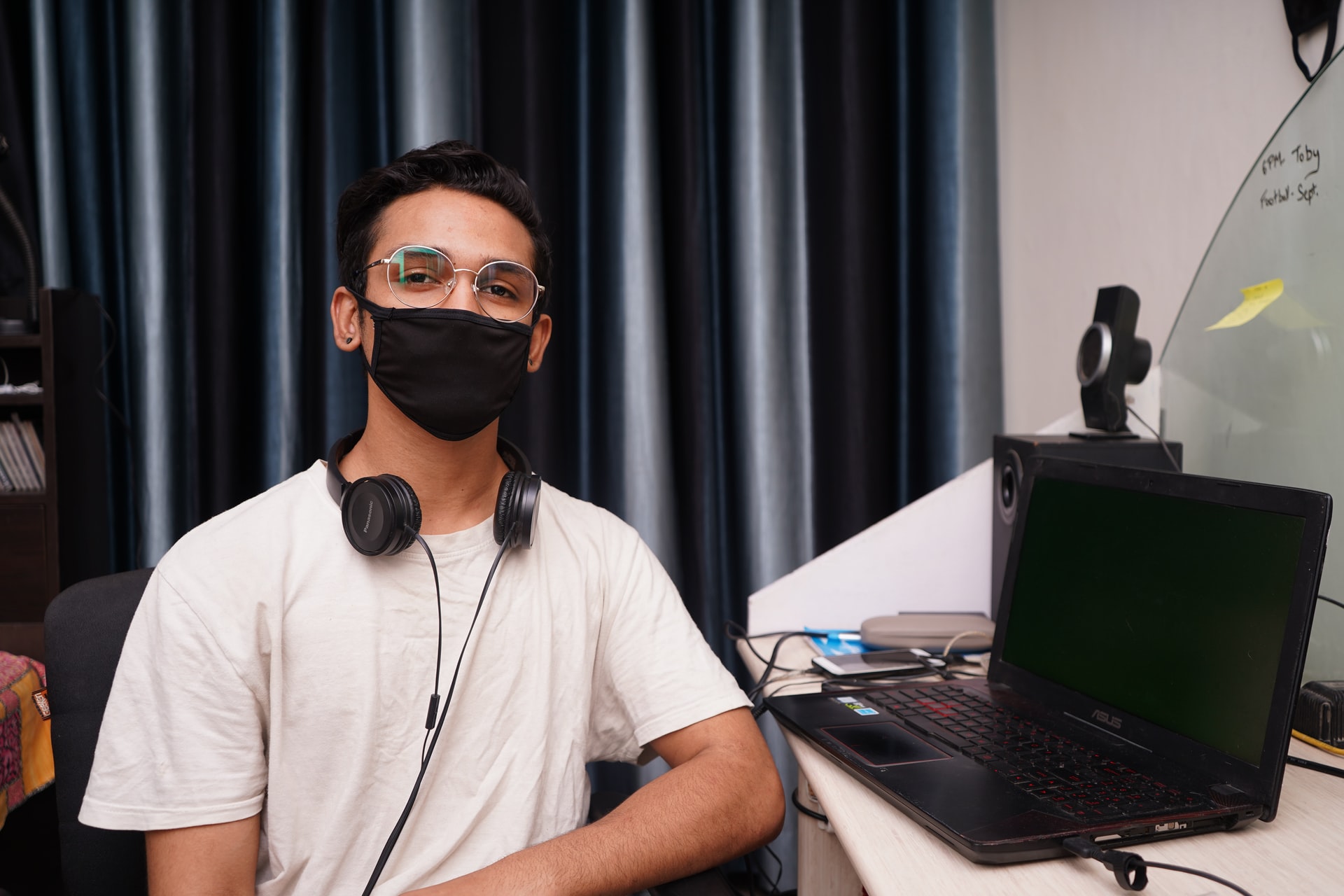Are you looking for ways to support students who make sexually explicit comments? If so, keep reading.
1. Keep a professional relationship with students at all times and in all settings, making sure that your behavior does not encourage sexually related behaviors.
2. Teach the student appropriate ways to express displeasure, anger, frustration, etc.
3. Teach the student to think before acting (e.g., they should ask themselves, “What is happening?” “What am I doing?” “What should I do?” “What will be best for me?”).
4. Connect with parents, agencies, or appropriate parties to tell them about the problem, identify the cause of the problem, and discuss potential solutions to the problem.
5. Create classroom rules: • Complete every assignment. • Complete assignments quietly. • Remain in your seat • Finish tasks. • Meet task expectations. • Raise your hand. Examine rules often. Praise students for following the rules.
6. Connect with the parents(e.g., notes home, phone calls, etc.) to disseminate information about the student’s progress. The parents may reinforce the student at home for engaging in appropriate behavior at school.
7. Draft an agreement with the student stipulating what behavior is required (e.g., communicating with others appropriately) and which reinforcement will be implemented when the agreement has been met.
8. Do not force the student to interact with others.
9. Take the student away from the learning experience until they can demonstrate appropriate behavior and self-control.
10. Praise the student for demonstrating appropriate behavior based on the duration of time the student can be successful. As the student shows success, slowly increase the duration of time required for reinforcement.
11. Praise those students in the classroom who take part in appropriate behavior.
12. Talk with the student to explain(a) what the student is doing wrong (e.g., making sexual references, touching others, making gestures, etc.) and (b) what the student should be doing (e.g., following the rules, working on-task, paying attention to duties, etc.).
13. Praise the student for engaging in socially appropriate individual or group behavior: (a) give the student a concrete reward (e.g., privileges such as leading the line, handing out learning materials, 10 minutes of free time, etc.) or (b) give the student an informal reward (e.g., praise, handshake, smile, etc.).
14. Consider using an adaptive behavior management app. Click here to view a list of apps that we recommend.
15. Click here to learn about six bonus strategies for challenging problem behaviors and mastering classroom management.





